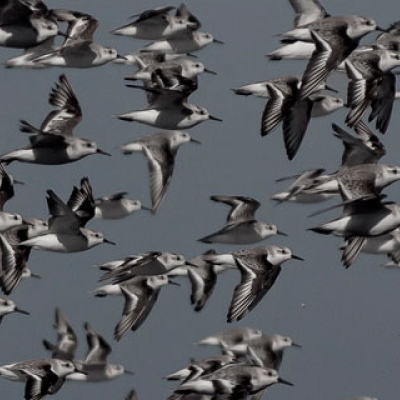As an ecologist I have spent the past ten years of my professional career tracking apex predators and large herbivores and their effects on whole ecosystems. Abundant research from all sorts of systems demonstrates that when you allow dominant species, such as lions or elephants, to return to ecosystems, they affect many other species in those systems. For example, by toppling small trees, elephants help maintain the rich, open grassland habitat that provides a home for countless species, such as songbirds and insects.










